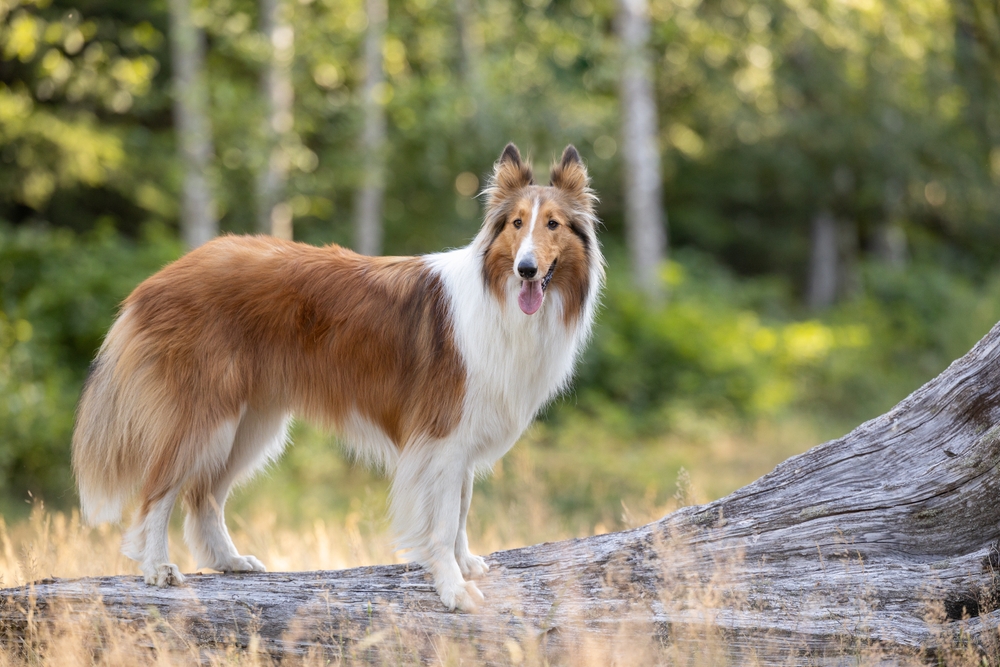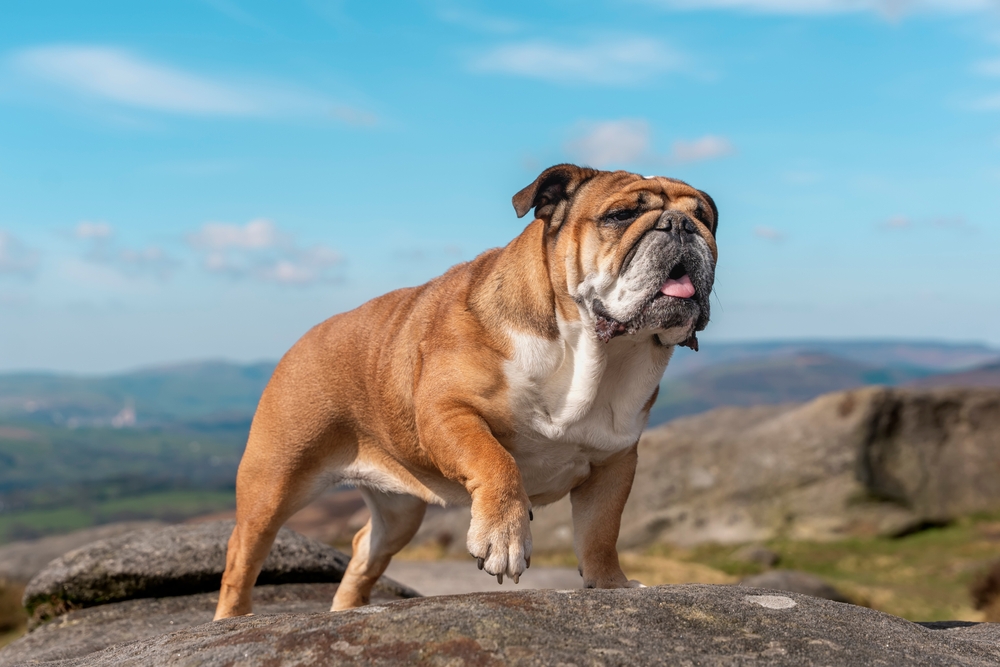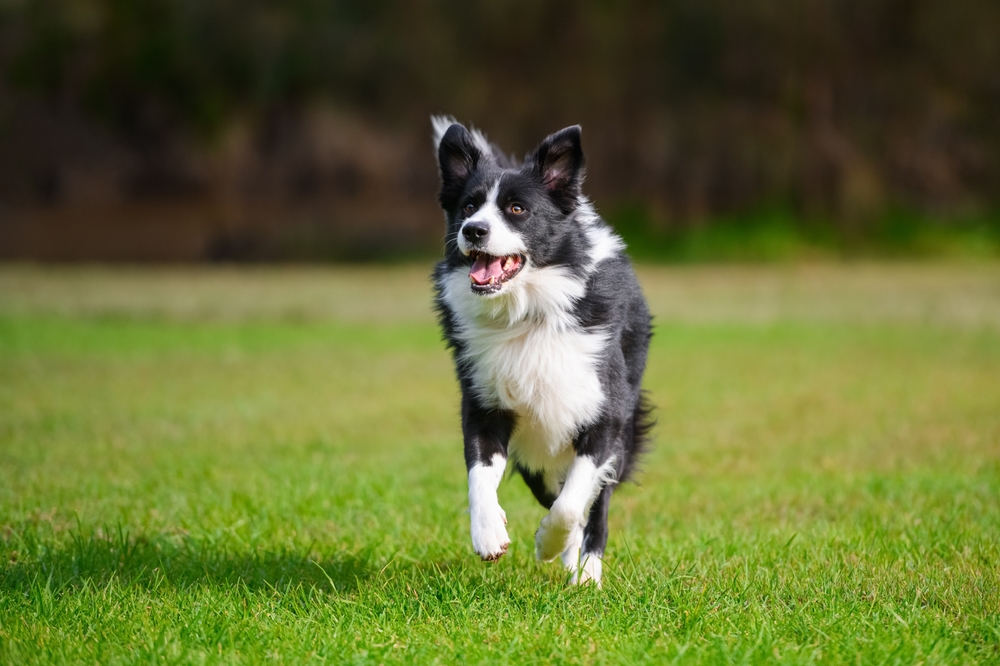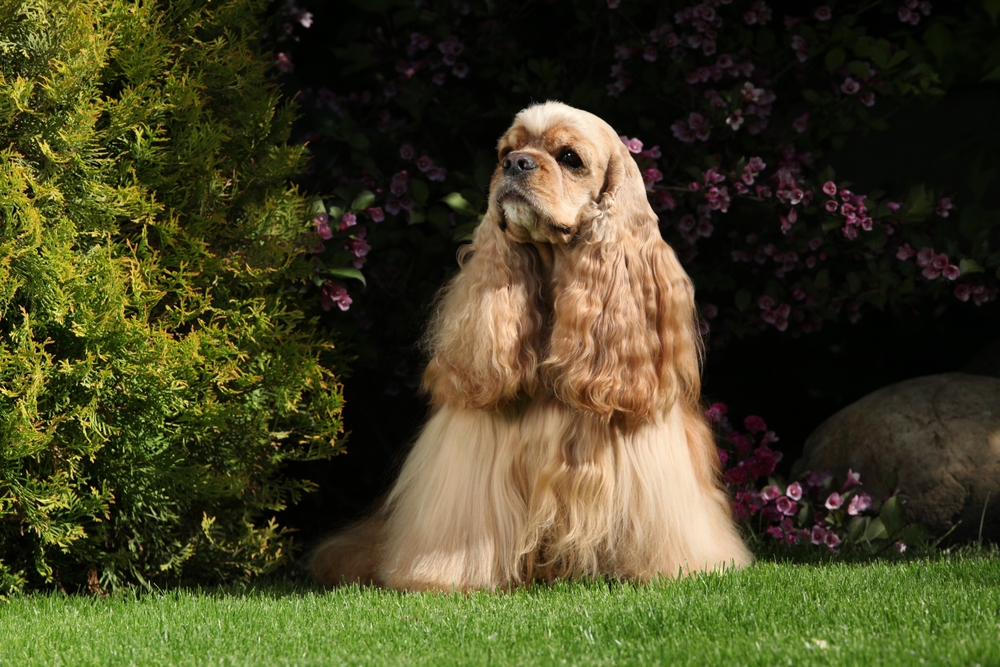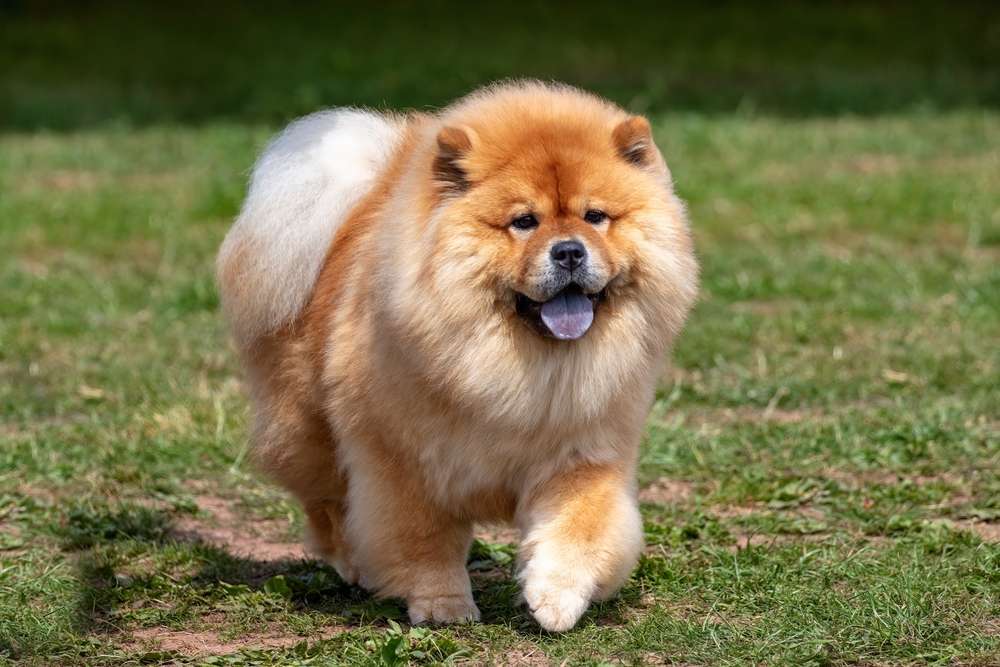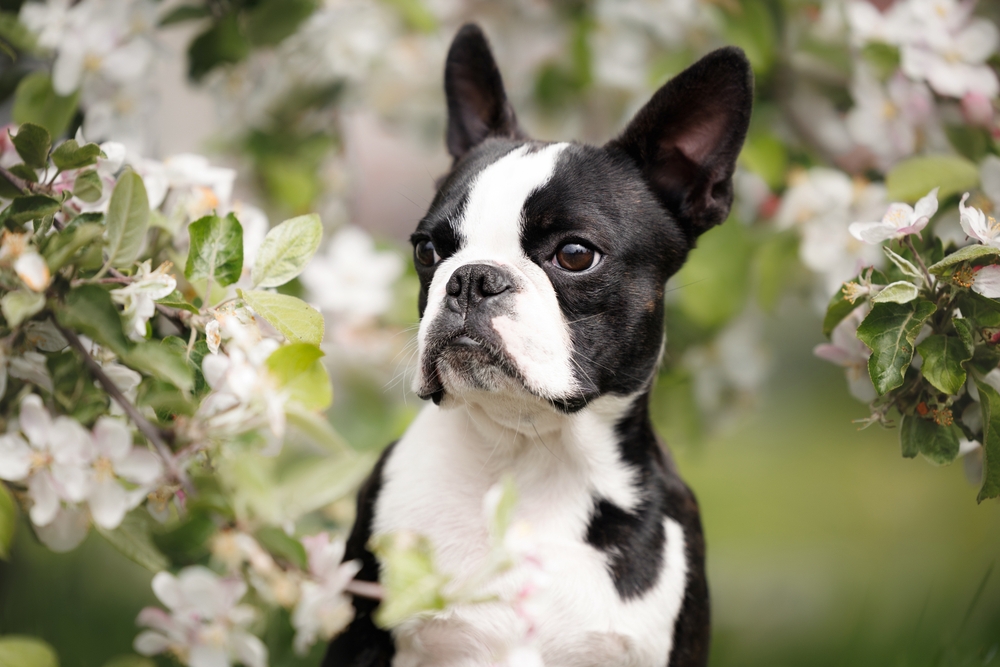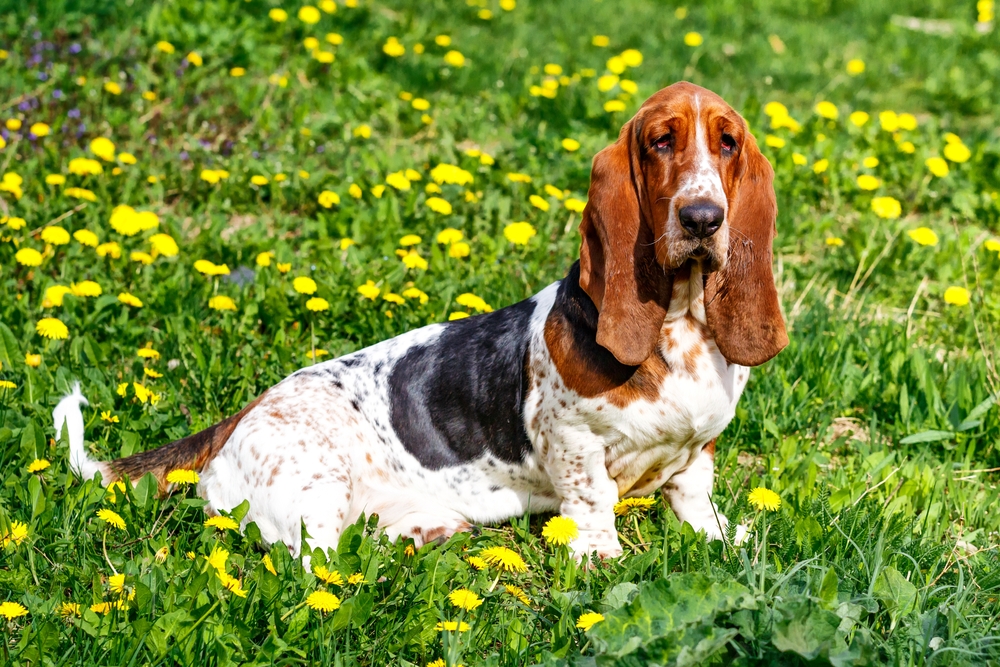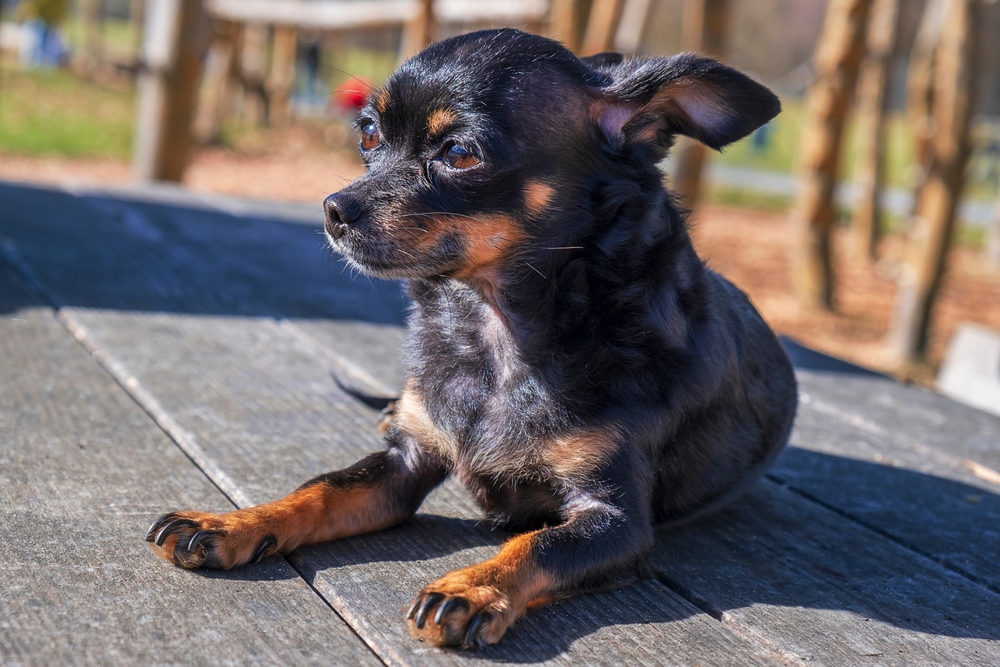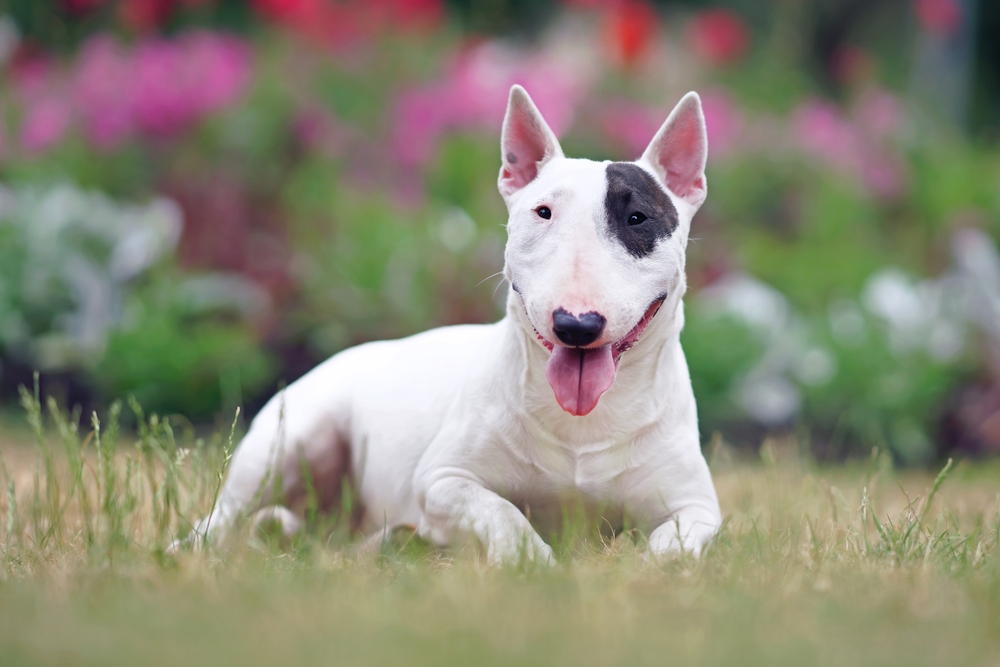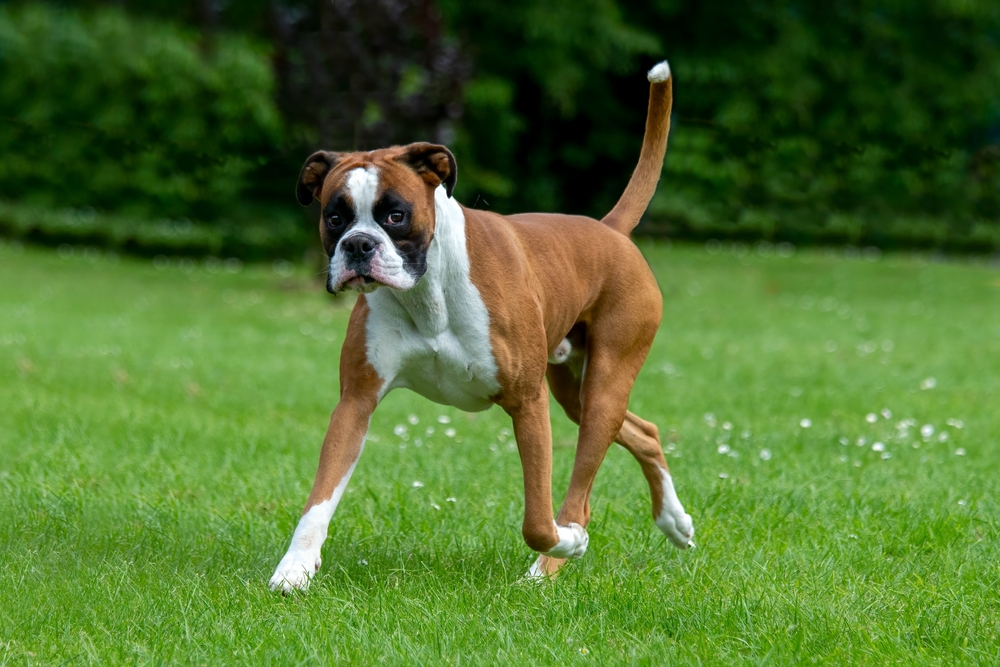Uniqueness
The Collie is a graceful and intelligent herding breed with a combination of physical beauty, working skill, and loyalty that sets it apart from other dogs:
Iconic Appearance:
Collies are famous for their long, flowing coats in the rough variety, or sleek, short coats in the smooth variety, paired with a refined wedge-shaped head and expressive almond-shaped eyes.
Herding Heritage:
Originating in Scotland and Northern England, Collies were bred to herd and guard sheep over rough terrain. Their combination of endurance, intelligence, and trainability made them indispensable working dogs.
Gentle and Devoted Temperament:
Collies are known for their deep loyalty to family and gentle nature, making them excellent companions for children. They balance alertness with a calm, affectionate personality.
Wide Coat Variety:
They come in multiple color patterns—sable and white, tricolor, blue merle, and white with markings—each adding to their elegance while maintaining the breed’s distinctive outline.
Cultural Icon:
The Collie rose to worldwide fame through Lassie, the fictional dog who embodied bravery, loyalty, and intelligence, cementing the breed’s reputation as a heroic family companion.
Exceptional Communication Skills:
Collies are highly responsive to subtle voice tones and body language, enabling them to work closely with handlers in both herding and obedience.
Protective Without Aggression:
They are naturally watchful and protective, yet typically gentle and polite toward strangers when properly socialized.
Collies’ combination of striking looks, loyal temperament, and rich herding history makes them one of the most beloved and recognizable dog breeds in the world.



































































